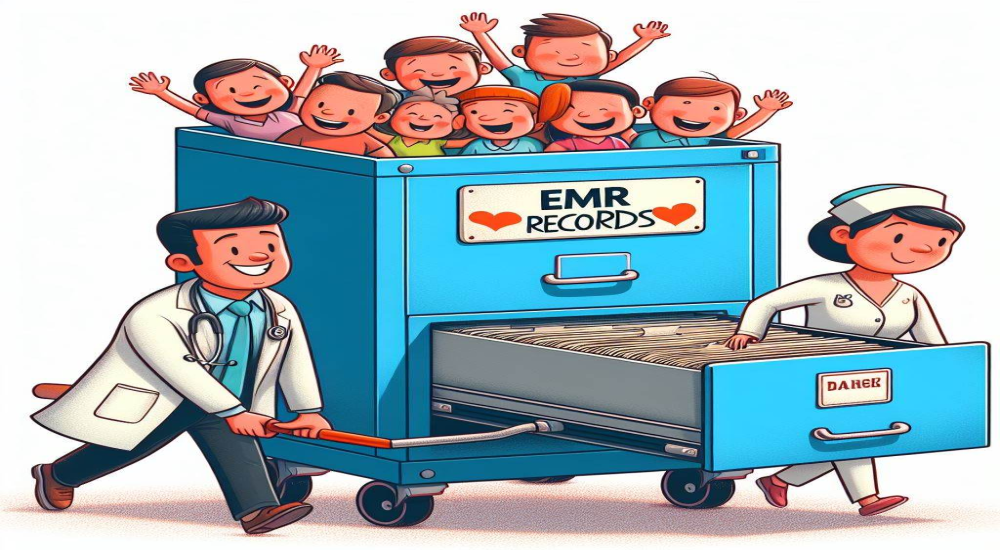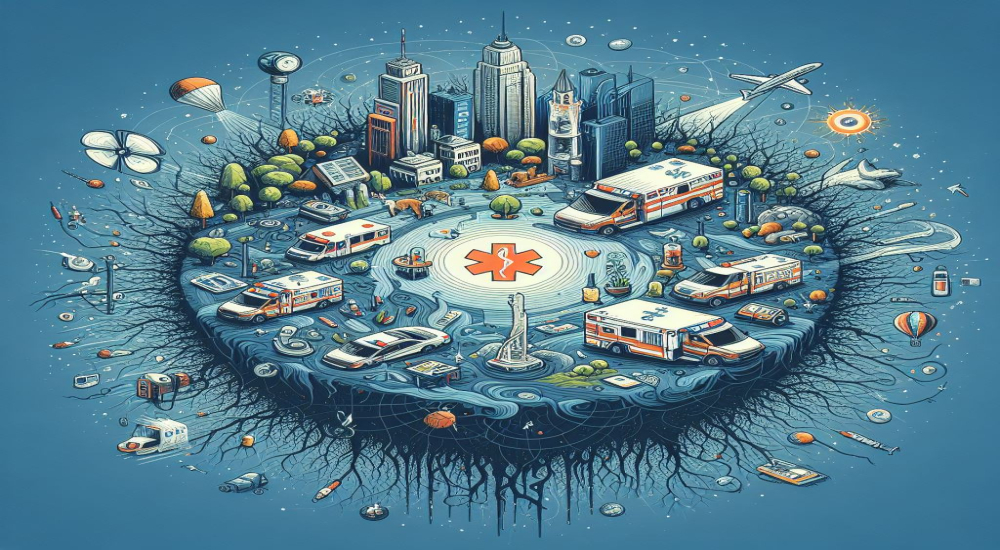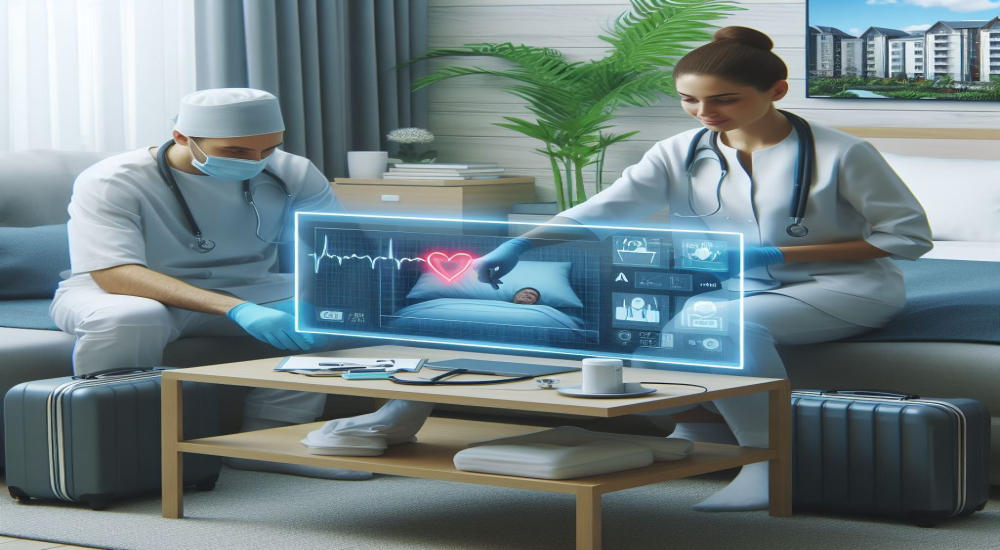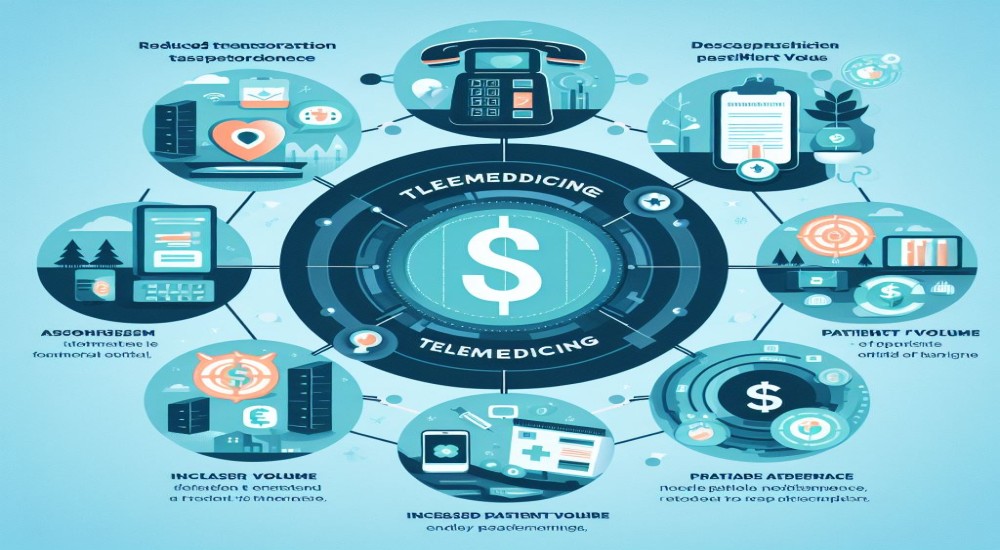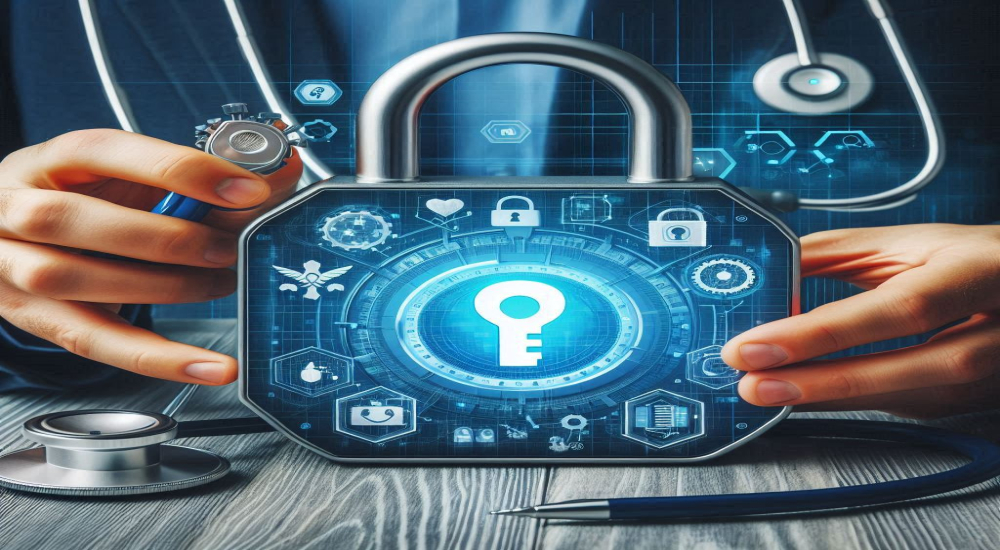Is Telemedicine Legal in India?
Telemedicine is the process of connecting a remotely located patient and doctor for the purpose of carrying out a medical consultation. telemedicine is not a new invention but has been here for nearly a century. Since the invention of the radio at the turn of the 20th century, many people were eager to apply distance communication to the fields of medicine and diagnosis.
The rise of global communication and the internet has made the world a global community, with the greater movement of people we also needed to communicate longer distances in a more speedy manner. Cue the true dawn of the "information age" wherein phones dominated the communication space, this gradually gave way to cell phones, and satellite communications (courtesy of the space race and our moon landings). With the massive growth of communication networks, it was only natural that it be applied to the medical sector, ordering labs, getting rush results, getting second opinions, consulting specialists, and even more via the phone became the norm.

THE INTERNET CHANGED THE GAME:
With the advent of widespread and affordable internet access, the field of medicine started to move online. The widespread use of computer systems and cloud-based storage encouraged hospitals to move their patient records online, sending and receiving reports, internal communications between hospitals, and consulting remote specialists moved to the online sphere. The internet spawned an entirely new industry, namely mobile apps and web applications. Suddenly hospitals could use software designed to onboard patients, take care of indents, and create logs, lab forms, etc. Pretty much all of the tasks done by hand moved to the online sphere.
WHAT CONSTITUTES A TELE-EMERGENCY?
All of us have been to the doctor at one time or another and we have all faced the questions, examinations, the prescriptions, and payments. For most people in the world including doctors and nurses themselves, this is the series of events that makes up a patient visit. However, when we come to a remote consultation in Telehealth the sequence can change.
Some challenges include:
- Patients can lie to doctors in a teleconsult or fake symptoms.
- Patients may downplay or exaggerate symptoms in the absence of a physical exam.
- Drug-seeking behavior can go unnoticed.
- Patient compliance is hard to verify.
- Doctors can make errors in diagnosis and prescription easily.
- Record-keeping becomes a problem.
- Prescribing medications to a first-time patient can be a problem for doctors.
- Malpractice or negligence can be an issue for both doctors and patients.
- Repeat prescriptions given without confirming the completion of the previous scrip, especially with opioid medications can be dangerous.
There can be deadly consequences when doctors dispense treatment over the phone or remotely without examining the patient thoroughly, getting a proper medical history, and adjusting dosages based on allergies, body weight, comorbidities, etc. In India, there was recently a case where two doctors were arrested and initially denied bail for causing the death of a pregnant woman in Bangalore. The doctors were charged with medical negligence for prescribing medicines over the phone without doing a proper examination or taking a proper history. Many newspapers published articles calling this a failure of Telehealth and Telemedicine.
This case cannot be called a failure of Telemedicine, rather it is the failure of the doctors to record patient data, get an accurate history and then begin treatment, failing which they should have referred the patient to a different hospital. Telemedicine as such works fine, but this and other such cases have demonstrated that telehealth services require a basic structure, framework, and guidelines.
A list of Do's and Don'ts can help both patients and doctors to carry on their consults with confidence, a legal status and a set of rules and regulations mean that patients can file complaints, ask for compensation or seek legal redressal. The basic needs and rights of the patients have to be respected no matter the mode of treatment.
WHAT DOES LEGALITY IMPLY?
Legality means that the service or system is authorized, recognized, and ratified by the law of the land, it also means that the service mentioned which is in this case Telemedicine, is subject to the rules and regulations of that country. This ensures that in the case of misuse, abuse, or any problem the law will enforce a judgment on the party that is responsible for the infringement.
This includes questions about;
- Payments
- Reimbursement
- Maintenance of records
- Patient-doctor confidentiality
- Prescriptions and their validity
- Medical ethics
- Insurance payouts
For the common man, no matter how lucrative the service, if it's unregulated then the chance of them using it is very less. The legal backing for any service is what gives it credibility and mass appeal. This applies to Telemedicine as well.
TELEMEDICINE IS A PART OF CONVENTIONAL MEDICINE
With the introduction of telemedicine came regulations and frameworks on how to use it. There are limitations to Telehealth services, especially in the scope of its application and the extent of its ability to address various medical crises. Western countries implemented Telehealth quite early, in fact in the early 1950s and 60's the first trials of Telemedicine were done across university hospitals in the USA and Canada. With the start of the space race, it became important to provide healthcare to the Apollo astronauts and the crew of the ISS ( International space station) medical care.
Telemedicine practice gained popularity with the rapid advancement in communication technology, especially with respect to our phones, computers and tablets. The introduction and advancement of Linux, Android, and Apple systems made sure that we had better and more secure ways to communicate with each other. This includes video chats and video conferencing which are available for cheap or free on most platforms. Doctors in developed countries have been using it for a while.
Telehealth has been widely applied across disaster areas and in war zones for several decades by organizations such as the Red cross, doctors without borders, etc. Today it is used in most countries for triage, treatment planning, getting expert opinions, evaluation, etc.
It is a profitable and less time-consuming process for both hospitals and doctors. Telemedicine truly proved its worth during the pandemic. One study estimated that the use of telemedicine helped reduce fatalities due to the pandemic or other medical conditions by about 30%. Several fields such as psychology, psychiatry, pain medicine, and neurology moved 80% of their patient visits to telemedicine platforms.
All of this shows that telemedicine is an integral, and in many places and scenarios, a necessary part of the healthcare industry.
WHAT IS THE SCENARIO IN INDIA?
India lacked the facilities and necessary infrastructure to make telemedicine a regular part of healthcare in the past, however, today India is the largest growing market for mobile phones and tabs, Indians have been ranked consistently in first place in terms of accessing internet content.
The spread of cheap smartphones across the country including rural populations is high and so is the number of mobile or tablet-based apps. This has prompted a great rise in apps related to medicine. In fact, a majority of medical device companies invest in creating phone or tablet-based apps that can be used by the end-user. A variety of handheld diagnostic devices that are Bluetooth enabled are the new trend.
The current government of India has accelerated the process of getting the medical records of all citizens online. To that effect, they have launched massive initiatives in a staged manner to introduce the concept of electronic medical records and telemedicine to the populace. In this effort, they are supported by a large number of private companies, NGO'S, private hospitals, nursing homes, etc.
This meant that the government had to publish rules and regulations to define online medicine, the rules for capturing and maintaining electronic medical records. This was done after extensive consultation and research, as well as taking a look at the guidelines in other countries.
The Indian medical council and the Indian medical association have published specific guidelines about the practice of telemedicine and addendums to the medical code of ethics in March of 2020.
Recently the government has also published guidelines on E-prescriptions. These ensure that the medical records are maintained according to international guidelines. We also provide methods for redressal of wrongs and the provision of restitution.
CAN WE TRUST IN TELEMEDICINE?
The short answer is YES. Telehealth and Telemedicine are concepts that have existed for nearly a century and if we use the broader meaning of the term it has been thriving for centuries. Every time someone wrote a letter to a doctor and asked for a medical opinion and got a reply back they were part of the great Telemedicine experiment. In the modern era, the advancement of technology has made it a necessity for medical care to move online. There are greater motivators for a developing country such as India such as the greater population density, vast tracts of rural areas with poor infrastructure, low distribution of doctors and hospitals, and scarcity of advanced medical equipment in rural areas.
The use of Telemedicine is a strategic move by the government to bridge the gaps in access to healthcare amongst the populace. This is one of the longest-standing election promises, regardless of which party comes to power, and it also happens to be the one promise that still seems out of reach for many even today. The drive to modernize medical care and move basic triage, diagnosis, and follow-up visits to the capable hands of Telemedicine has only increased in the post-pandemic period. Just as many employees who have gotten sued to the work from the home model are finding it difficult to shift back to the old paradigm, so too many doctors, nurses, and people, in general, are embracing the use of Telemedicine to access medical care in a convenient and timely manner.
In fact, studies indicate that there may be a massive change in the way medical checkups and hospitals in general function in the post-pandemic period. As much as 40% of medical care will be done online and the crowd in waiting rooms is expected to thin out in multiple specialties. As such with the creation of electronic patient records becoming mandatory and the use of telemedicine being state-sponsored ( the e-sanjeevani app and platform is an initiative launched by the government of India to provide Telemedicine to the people by using government doctors), it is abundantly clear to everyone that Telemedicine is here to stay and will play a very big role in the future of healthcare in both India and the world.
TAKEAWAY POINTS
The use of Telemedicine has more pros than cons and as such there should be proper enforcement of the rules and regulations that define it. This is the only way to hold doctors and the medical system accountable and to increase the faith of the people accessing treatment through this method. The field of Telemedicine may be new and it may face many challenges in its implementation, but all that means is that we must frame rules and regulations that are flexible and can keep pace with the changes in the field.











